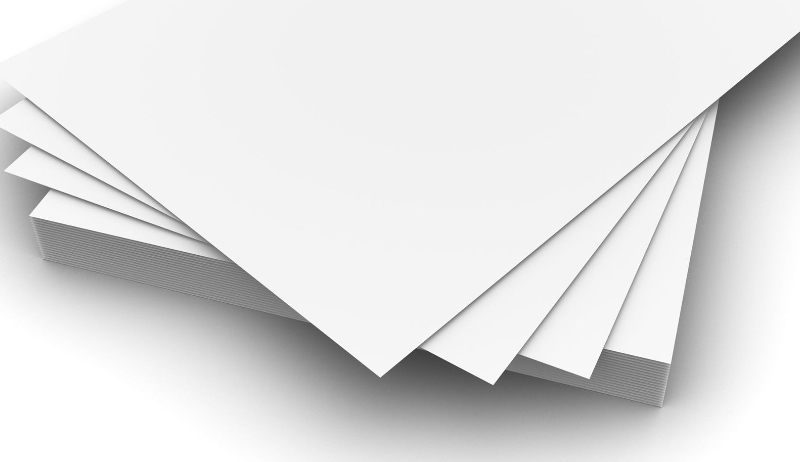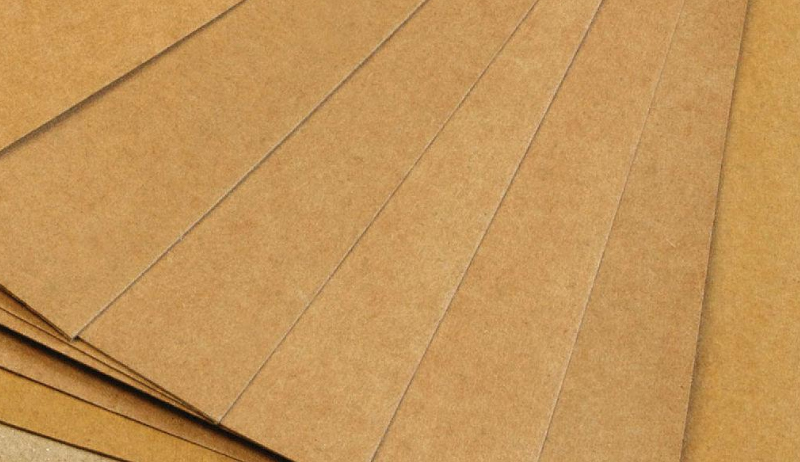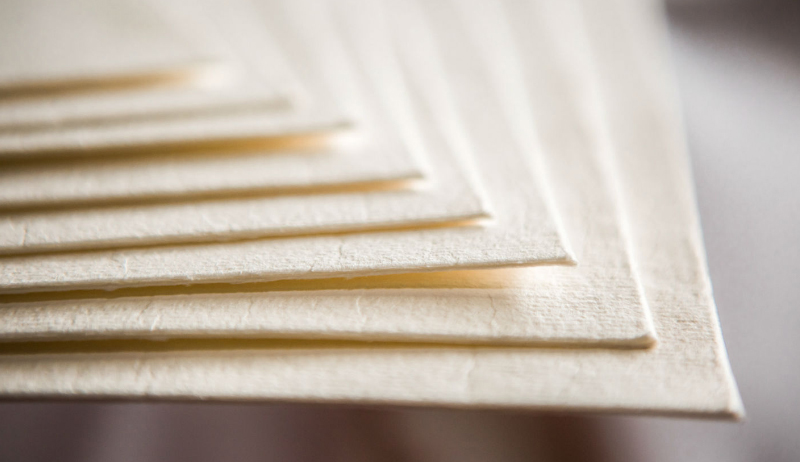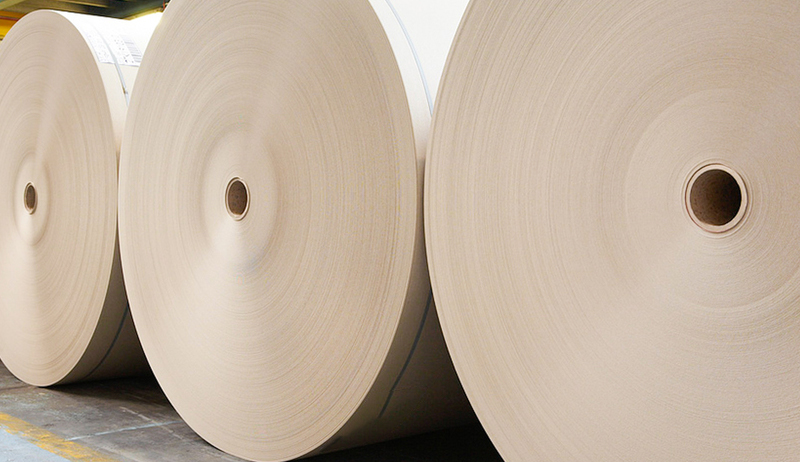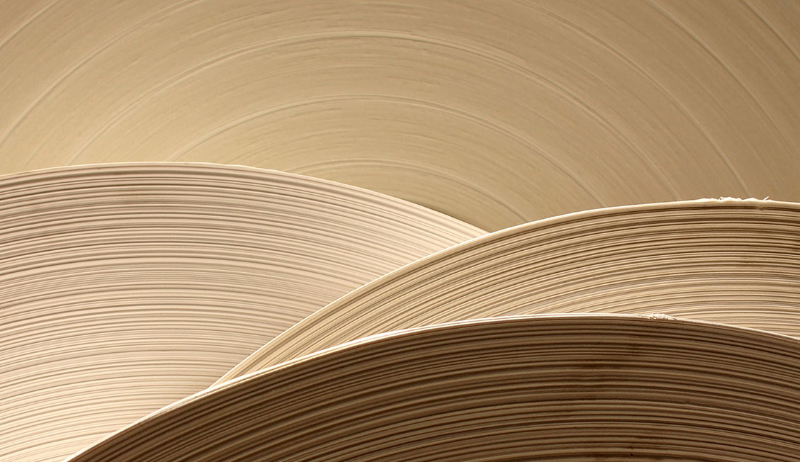Exploring the Future of Packaging: How Does P+Series PLA Coated Paperboard Redefine Sustainability and Performance?
The Ascent of a New Generation Eco-Material
The Transition from Petroleum-Based Plastics to Bio-based Polymers
The global packaging industry is currently navigating a profound transformation, moving decisively away from materials reliant on finite petrochemical sources toward more ecologically sound alternatives. This critical shift is driven by increasing consumer awareness, stricter environmental regulations, and a collective imperative to mitigate plastic waste. The development of advanced barrier materials marks a significant milestone in this journey, directly addressing the need for functional yet responsible packaging solutions. For decades, conventional polymers like polyethylene (PE) have been the standard for coating paperboard, providing essential liquid resistance but complicating the subsequent recycling and decomposition processes. However, the emergence of materials derived from annually renewable resources, such as corn starch and sugarcane, presents a paradigm shift. These bio-based polymers, notably Polylactic Acid (PLA), offer comparable barrier properties while dramatically altering the end-of-life scenario for the packaging. This transition is not merely a material swap but a fundamental change in the origin of packaging inputs, favoring rapid resource regeneration cycles over the extraction of fossil fuels.
Definition: Composition and Characteristics of P+Series PLA Coated Paperboard
The P+Series PLA Coated Paperboard represents an optimized composite material where a high-quality paperboard substrate, often sourced from sustainably managed forests, is bonded with a thin, extruded film of Polylactic Acid. This specialized coating serves as a critical functional layer, imparting the necessary water-repellency and grease-resistance crucial for food service and liquid containment applications. Unlike its petroleum-coated counterparts, the PLA used in this series is specifically formulated to enhance durability and structural integrity while maintaining its core characteristic of being derived from renewable resources. This combination leverages the strength and printability of the paperboard with the protective barrier of the bio-polymer, resulting in a product engineered for performance within a sustainable framework.
Integrating Environmental Advantages with the Circular Economy
The true value proposition of PLA-coated paperboard lies in its alignment with the principles of the circular economy, where materials are kept in use for as long as possible and then safely returned to the biosphere.
-
The Crucial Significance of Renewable Resources as Feedstock
The use of feedstocks like starches and sugars means the raw material base for the PLA coating is continually replenished. This contrasts sharply with the finite nature of oil and gas reserves, positioning Renewable Resources in PLA Paperboard Manufacturing as a strategically sound and future-proof approach. Furthermore, the cultivation of these crops for bioplastic production typically results in a significantly lower overall carbon footprint compared to the manufacturing of traditional plastics, primarily due to the carbon sequestration that occurs during the plant growth phase. This fundamental difference in resource sourcing is a central argument for its superior environmental profile.
-
Achieving the Closed Loop: Industrial Compostability of PLA Coated Paperboard
A defining feature of this material is its capacity to fully break down under controlled environmental conditions. Industrial Composting Requirements for PLA Coated Paperboard necessitate specific, high-heat, high-humidity, and microorganism-rich settings that allow the PLA polymer to depolymerize completely. When properly disposed of in a commercial composting facility, the packaging can degrade into carbon dioxide, water, and biomass within a few months, leaving no persistent microplastic residue. This provides a genuine closed-loop solution, especially for items heavily soiled with food waste, which often contaminate conventional recycling streams.
-
Moving Beyond Tradition: Sustainability Comparison with Polyethylene (PE) Lined Paper
The comparative sustainability of these materials is a critical consideration for businesses making the transition. PLA Coated Paperboard vs PE Lined Paper Sustainability analysis consistently shows that while both provide effective moisture barriers, their environmental legacies diverge at the end-of-life stage. PE-lined paper, while technically recyclable, often faces significant infrastructural challenges and limited market viability due for separation difficulties. PLA, by contrast, is engineered for a biological end-of-life. This fundamental difference in decomposition pathway provides the P+Series with a distinct advantage in meeting stringent sustainability targets and appealing to eco-conscious consumers.
Performance in Food Service Applications
Sustainable packaging must never compromise on the functional integrity required for safe and effective food service. The P+Series material is designed to meet the rigorous demands of holding both prepared meals and beverages.
-
Moisture and Grease Protection: Superior Barrier Functionality
Successful food packaging requires an effective shield against both internal liquids and external moisture. The specialized PLA layer ensures the Moisture and Grease Barrier Performance of P+ Series Paper is highly reliable, preventing liquids and oils from soaking into the paperboard substrate. This superior barrier is essential for maintaining the package's structural rigidity and overall aesthetic appearance throughout the consumer's use, guaranteeing that the contents remain securely contained without leakage or structural failure.
-
Managing Temperature Challenges: Thermal Sensitivity and Application Scope
A key consideration in biopolymer use is thermal behavior. While the PLA coating provides a good barrier, its performance profile differs from high-melt-point polymers. Understanding the Heat Resistance of P-Series PLA Coated Food Packaging is vital; it is generally excellent for cold drinks and warm foods, but its glass transition temperature is lower than PE, meaning its application for extremely hot, prolonged heat-holding requirements needs specific formulation adjustments. However, advancements have led to crystallized PLA (CPLA) variants, which offer enhanced thermal stability, broadening the material's potential use across a wider temperature range for items such as hot coffee cups and soup bowls.
-
Multifunctional Uses: From Hot Beverages to Takeout Containers
The versatility of this paperboard allows it to be efficiently formed into a diverse array of containers. Its excellent folding and sealing characteristics make it suitable for everything from intricate folding cartons and meal trays to standard-issue cups for both hot and cold refreshments. This adaptability means manufacturers can standardize on a single, more sustainable material for a significant portion of their disposable food service range, simplifying procurement and disposal messaging.
Manufacturing and Future Outlook
The feasibility of widespread adoption depends significantly on the material's compatibility with existing industrial machinery and the ongoing pace of material innovation.
-
Compatibility of Production Technology with Existing Infrastructure
A major benefit of the PLA coating process is its high degree of compatibility with existing extrusion and converting equipment designed for traditional poly-coated paperboard. This means that converting facilities can adopt the new material with minimal investment in specialized machinery. The low barrier to entry accelerates the market's adoption rate, facilitating a rapid substitution of conventional plastics with the more sustainable P+Series solution without necessitating the complete overhaul of established manufacturing processes.
-
Driving Innovation: Future Trends in Sustainable Packaging Solutions
The journey of sustainable packaging is ongoing, with significant focus on improving the material’s resistance to moisture and oxygen without sacrificing compostability. The future trends point towards continuous technological refinement, including multilayer coatings that incorporate advanced barrier properties and further reductions in the coat weight to optimize material efficiency. As industrial composting infrastructure expands globally and material performance continues to improve, the P+Series PLA Coated Paperboard is strongly positioned to become a foundational component of the next generation of truly circular, high-performance packaging.



 English
English Español
Español


